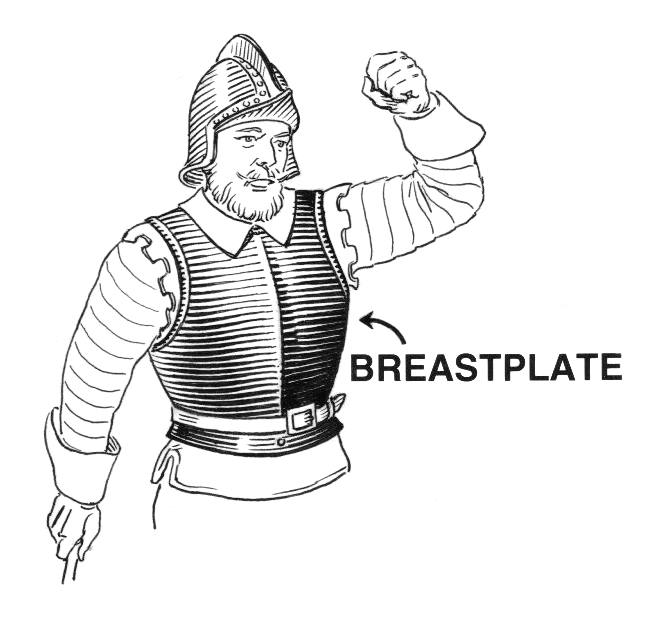Guard Uniform Ideas by ananke
First Possibility: Fancy Dress
Yeoman Warders (aka. Beefeaters)
These three pictures are of Yeoman Warders. The red uniform is known as their ceremonial uniform and dates from 1485 and the time of the Tudors. Elizabeth I added the white ruff to the outfit.


Both of the pictures above are used with permission from the Flickr files of MBCrawford
Picture 3 is from a site about the British Royal Guard with costume/duty information from a greater site called British Life and Culture maintained by Woodlands Junior School, Kent.

Elizabeth in Procession to Blackfriars, 1600. You can see the YWs pushing Elizabeth’s chair. Thanks to the wonderful portrait gallery from ElizabethanGeek’s Costume Review.
My rationale for proposing this option is that Denmark has recently lost a king. Not only that, but the queen has re-married the brother of the former king. So, we are in a transitional period around two very formal State occasions: Death and Royal Wedding. I would also suggest since the brother of the king has now become King Claudius, there has also been a third occasion: a coronation.
[Sidebar questions: Although I wonder in the line of succession why it didn’t directly pass to Prince Hamlet (direct line) instead of Claudius (who should have been third in line)? In a patriarchal lineage, wouldn’t Queen Gertrude have been relegated to Dowager Queen?]
So if there is a time of mourning and a time of celebrations, do they have a special time frame? For example, if the state of mourning lasts 3 months–the “accessories” (flags, guard uniforms, other accoutrements) of the castle would present in formal garb during that period. This is not unlike the United States custom of lowering the flag to half staff for a time period when a President dies or for recognition of other tragedies.
Second Possibility: Simple Style
We can look toward a more practical approach to guards in this time frame. This is a country that is hearing rumors of war with Fortinbras of Norway.
These next two pictures are posted from ElizabethanGeek. If you click on the title of the picture, you will be taken to more extensive information about it on the Elizabethan Costume Review. [note to designers: The Costume Review has a lot of Tudor/Jacobean portraits and woodcut images from which to draw inspiration.]

Keeper of the Hounds, 1575
This would be a good outfit for either someone of non-noble class or for under the breastplate.
Two Peers of the Realm and a Halberdier, 1567
The Halberdier’s upper costume would make a good template for a castle guard uniform. Also, the weapons. Then distinctions between rank could be made by cloak and trim and weaponry.
Oh, btw, a halberd is a 15th/16th cent weapon with ax blade and spike.
This next picture came from a search for “elizabethan guard” on Google. It was listed for a 2006 auction at McTear’s in Glasgow, but it never sold. It was registered as Lot 591.

Elizabethan Guard, ca. 1924
Armor Mini-Discussion
These two pictures came from Wikipedia “armor” search. Since armor would have been expensive, full body armour tended to be restricted to the upper classes. It would, however, make complete sense that guards on duty would be issued at least a breastplate and helmet to keep them somewhat protected in the event of emergency. However, all working guards should have identical uniforms except for distinguishing features of rank.
There are also a few armor pieces in “My Met Gallery” collection at the Metropolitan Museum of Art. Email me for userID and password. Or you can do a search for yourself under “armor” after you create your own.



December 11th, 2007 at 6:51 pm
They would be easily recognized as liveried guards if they were dressed as Beefeaters. Hamlet is in Denmark though. What did Denmark’s livery convey? Wealth and prosperity, independence, fiercely different from Norway? and Poland? and the German provinces?